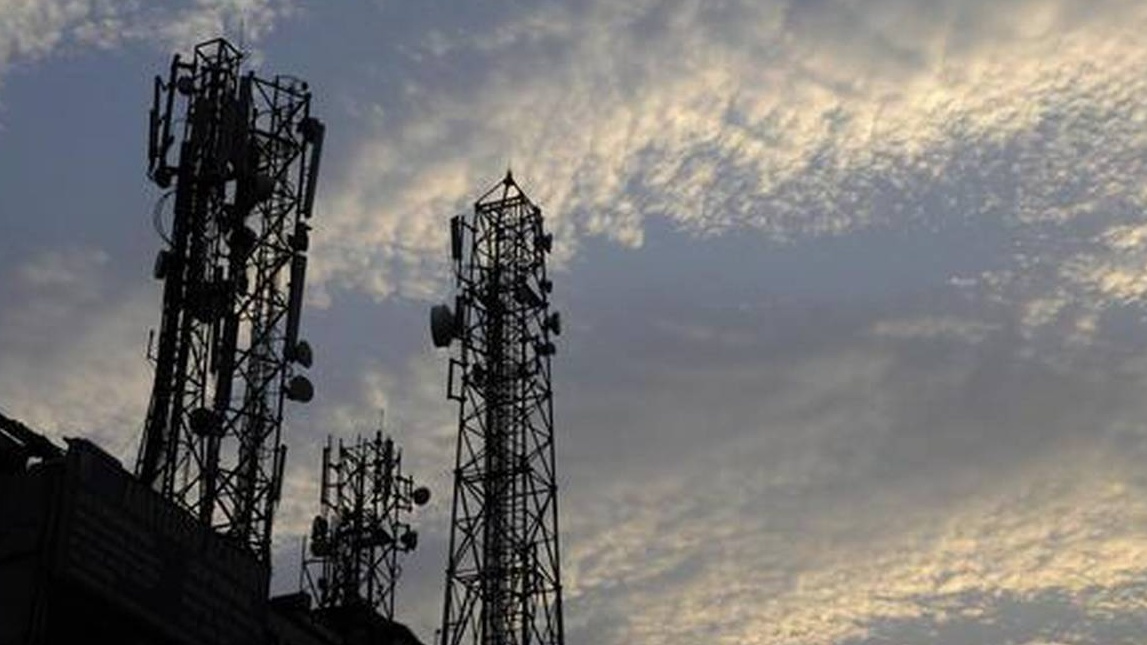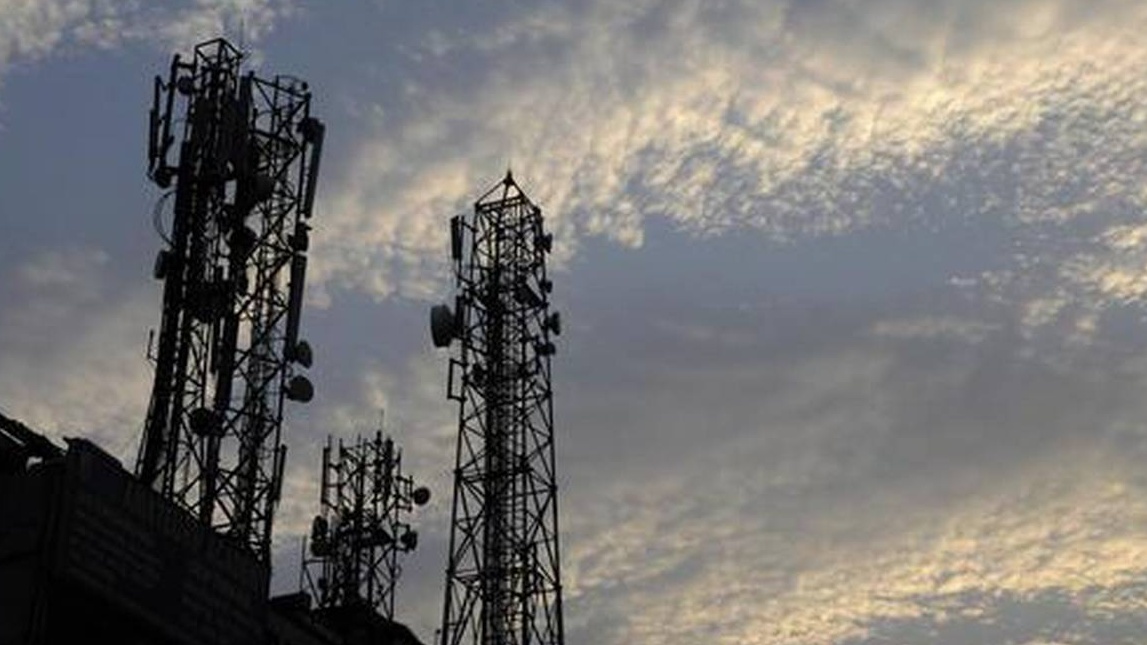
Progress towards sustainability is rarely straightforward. Building a truly sustainable telecom network is a long and complex journey, one that requires balancing innovation, financial realities, and the constraints of existing infrastructure.
Telecom operators are discovering this first-hand as they strive for more sustainable networks. Compared to other key sectors like utilities or transportation, telecom operators were among the earlier adopters of net zero targets, led by major players like BT, Vodafone, Telia, and AT&T who helped set the pace.
These targets are admirable, but operators have a big challenge on their hands to hit them. As critical national infrastructure, telecom networks can’t simply be de-installed or decommissioned and replaced from scratch. Sustainability goals must be balanced against two critical business priorities: competitiveness and financial viability. It’s a fine balance.
You may like
Group CEO, TXO.
Balancing legacy with innovation
Even as they look to evolve their networks with more advanced (and often more eco-friendly) technology like 5G or fiber, operators are wrestling with a hidden beast – maintaining the network they already have. Telecoms is one of the longest-standing forms of what we still consider ‘modern’ technology.
It has evolved massively over time, but in the UK and US for example, some of these networks have existed for over a century. More importantly, even today, many still contain equipment that is up to fifty years old. If you flipped this around on the consumers that use these networks, it would be the same as still using the Nokia 3310 ‘brick’ or the first-ever laptop.
While older technology like copper-based DSL and PSTN infrastructure in fixed networks, along with 2G and 3G hardware in mobile, is being replaced by modern alternatives, this is a gradual process. Several major US carriers have already phased out 2G and 3G, but in the UK, VM02 is only just beginning its 3G phase-out.
Meanwhile, in the fixed space, BT, which has been preparing for its PSTN switch-off for several years, has now pushed the final deadline back from 2025 to 2027. Indeed, 81% of operators expect their copper network infrastructure to remain operational until at least 2028. Meanwhile, 60% say they’ll still be using 2G until around 2030 and beyond. The shift to modern networks is happening, but not at the same pace everywhere.
The legacy burden
This situation is a bit of a catch-22. Operators need to evolve their networks to improve their service, use less energy and drive revenue growth, but ageing infrastructure slows this down in a number of ways. The first is a financial drain. According to data from Omdia, around 50% of total operational expenditure (OpEx) is typically spent on maintaining and operating a network. This includes utilities, leasing real estate and infrastructure, and maintenance costs, with ageing equipment a big driver of this. While newer technology might demand more up-front investment, it is far more efficient in the long run, with lower day-to-day costs.
There are also more second-hand costs that come from legacy infrastructure. The ‘operational toil’ of maintaining, repairing, and replacing faulty equipment is invisible to consumers but demands significant time and resources. Outages on legacy networks are also remarkably common, with 96% of network managers in the US and UK reporting incidents. According to the same findings, the average annual impact of network downtime is £500K-£1M ($632K-$1.2M in the US), with very few respondents reporting losses below this range.
The result of all of this? Slower network evolution. This operational burden has huge implications for telcos trying to roll out new technology and services. 97% reported diverting resources from investing in new technologies like fiber or 5G to maintain legacy networks. Four out of five believe this has hindered their ability to roll out these new services versus newer greenfield operators.
The long road out
This ‘opportunity cost’ is significant, but it is not insurmountable. It just means that operators need to be as commercially and environmentally efficient as possible when decommissioning and evolving their networks.
On the financial front, the burden from legacy networks leaves such fine margins that delivering more cost-positive decommissioning projects is critical. But those ambitious net zero targets can’t be overlooked at this stage – we need to minimize the environmental impact of network evolution.
Modern equipment typically consumes between 20-50% less energy, but embedded emissions (upfront impact) for manufacturing new equipment like fiber cables or 5G radios are significant. So, while long-phase emissions are lower, the full impact depends on how long the equipment is used, how circular the supply chain is and how well the technology it replaces is phased out. Currently, many operators are running both new and old, temporarily adding to footprints rather than reducing them.
Going circular
To address this dual challenge, we are seeing operators increasingly leveraging the circular economy to minimize the environmental and financial impact of decommissioning. This means recovering, and recycling or reselling hardware and raw materials as much as possible.
According to recent research, 80% of respondents plan to resell copper infrastructure for fixed networks, while 72% intend to resell 2G or 3G equipment for mobile networks.
The market for the recycling and resale of copper is huge. At the time of writing, copper prices are at an all-time high, making ‘urban mining’ from telecom networks not just better for the environment, but also financially rewarding. For fixed network operators, this can free up resources that would normally go toward maintaining the network to reinvest in further decommissioning and accelerate timelines.
This isn’t just theoretical – BT’s infrastructure division, Openreach, has already recouped £105M in recycling old copper cables from its network. Telefónica Spain is also actively pursuing large-scale copper recovery as part of its national switch-off plans. On the mobile side, because certain markets (including the US, UK and the Nordics) are slightly ahead on network evolution, there is a market for selling refurbished equipment, but the window is closing.
While there is of course an environmental benefit to reusing and recycling old hardware, it is arguably the financial uplift that the circular economy can give operators that will be more influential in the industry’s journey towards net zero.
We list the best network monitoring tool.
This article was produced as part of TechRadarPro’s Expert Insights channel where we feature the best and brightest minds in the technology industry today. The views expressed here are those of the author and are not necessarily those of TechRadarPro or Future plc. If you are interested in contributing find out more here: https://www.techradar.com/news/submit-your-story-to-techradar-pro
Services Marketplace – Listings, Bookings & Reviews
